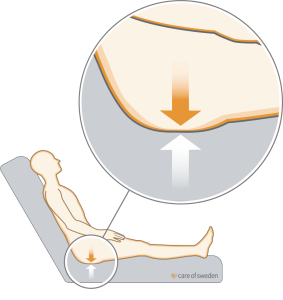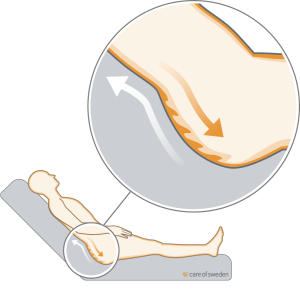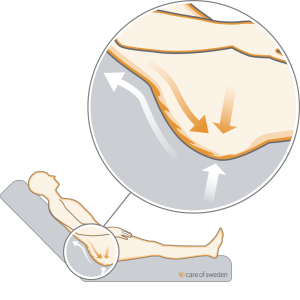The definition
“Pressure ulcers are a localized injury to the skin and/or underlying tissue, resulting from pressure or pressure in combination with shear.
Pressure ulcers typically occur over bony prominences but can also be related to a medical device or other object.” (1)



